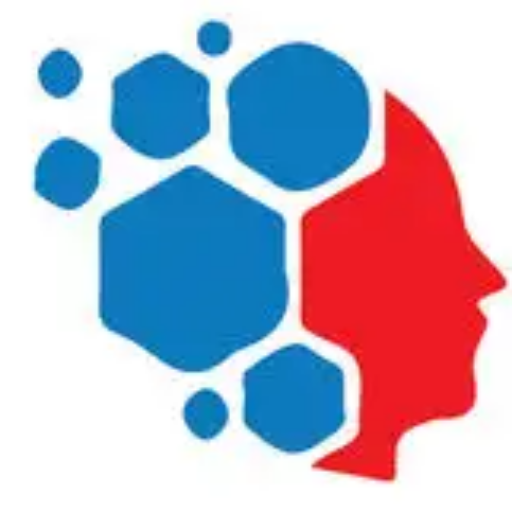What is Internet of Things (IoT)
IoT refers to the interconnectivity of physical devices, vehicles, buildings and other items embedded with electronics, software, sensors, and network connectivity which enables these objects to collect and exchange data. This allows these devices to communicate with each other and with the external environment, creating opportunities for more direct integration of the physical world into computer-based systems, resulting in improved efficiency, accuracy and economic benefit.
IoT allows companies to collect data from various sources, such as sensors embedded in equipment or RFID tags on products, and use that data to improve operations, create new products and services, and develop new business models. For example, a manufacturing company could use IoT sensors to monitor the performance of its equipment in real-time, and use that data to identify and fix problems more quickly, reducing downtime and increasing productivity. Retail companies could use IoT-enabled point-of-sale systems to track inventory levels and customer behavior, and use that data to improve their supply chain and marketing efforts.
IoT also allows companies to create new revenue streams by offering new products and services that were previously not possible. In healthcare, for example, IoT devices can enable remote monitoring of patients and the collection of data on their health, which can be used to develop new treatments and improve patient outcomes. IoT provides new ways to collect, analyse and use data from the physical world
In a layman’s language, IoT is a way for everyday objects, things and appliances, to connect to the internet and talk to each other. Imagine if things could tell you when they are running low on batteries or when you left them in a different room. Or if your refrigerator could tell you when you’re running low on milk or when it’s time to replace the filter. That’s what IoT is all about!
IoT devices often have sensors and other technology built into them that allow them to collect and share information with other devices or with people. For example, a thing could have a sensor that measures how much battery it has left, and then send that information to your phone so you know when it needs new batteries.
